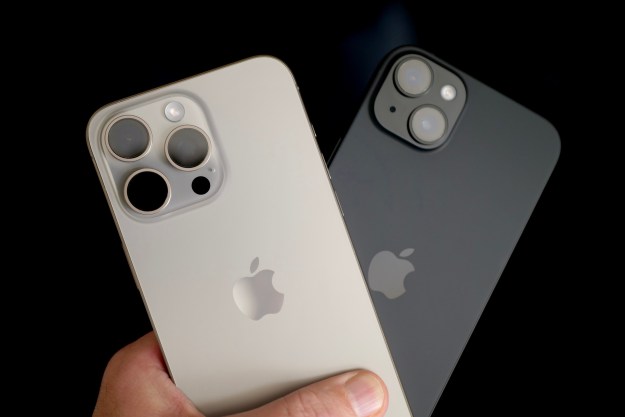Imagine popping a pill which can then monitor your insides for potential signs of poor health. That is what a team of researchers from the Massachusetts Institute of Technology has been working on — only instead of being the kind of soluble pill your doctor may prescribe, this one is a pill-sized ingestible capsule designed to monitor blood in the gastrointestinal tract. About the size of a pen cap, the prototype sensor combines electronics with useful bacteria. With this fearsome combination, it can detect signs of excessive bleeding in the gut, and then transmit the results to your smartphone.
“We’ve developed a new type of ingestible sensor by packaging living bacterial sensor cells together with readout electronics into a small capsule,” Phillip Nadeau, a former postdoctoral associate at MIT, told Digital Trends. “The cells were genetically engineered to start glowing when they detected heme molecules released during a stomach bleed. This low level of light given off by the cells was detected by the electronics in the capsule, and a signal representing the light level of the cells transmitted outside the body to a user’s cellphone. The advantage of using cells is that they are able to perform detection in harsh environments like the GI tract, and in principle they can be engineered to sense many different types of molecules.”

Long term, the team envisions the device being swallowed by patients at home to provide a biochemical picture of their gut. Doing so would allow them to more easily diagnose or manage a range of diseases, including gastric ulcers, inflammatory bowel disease, and colorectal cancer. It could potentially do this, while also lowering the need to perform invasive procedures such as colonoscopies and biopsies for these conditions.
The project is still in prototype phase and none of the sensors have actually been ingested by a human. They have, however, been successfully tested on the guts of a pig, and the team hopes that human trials could be a possibility going forward. To do this, they will have to find a way to further miniaturize the sensor — which comprises a microprocessor, button-cell battery, and wireless transmitter — without reducing its abilities.
“We teamed up with Dr. Giovanni Traverso and his group at MIT to validate the prototype device in a pig model of gastric bleeding, and showed that it worked there,” Mark Mimee, a Ph.D. student at MIT, told us. “In the future, we’re interested in expanding the functionality of the device to other markers of gastrointestinal disease, with a focus on markers of inflammation. Additionally, we’re working on further miniaturizing the electronic components of the device and shrinking the power consumption and battery size to lower the overall footprint, and mitigate the risk of complications.”
Editors' Recommendations
- OnePlus’ next foldable phone may get a huge camera upgrade
- Your Google Pixel phone may soon get a lifesaving feature
- Stop putting your wet iPhone in rice — seriously
- How to get better service — 9 tips for boosting cell phone signal
- Your Oura Ring is getting a major new health feature

